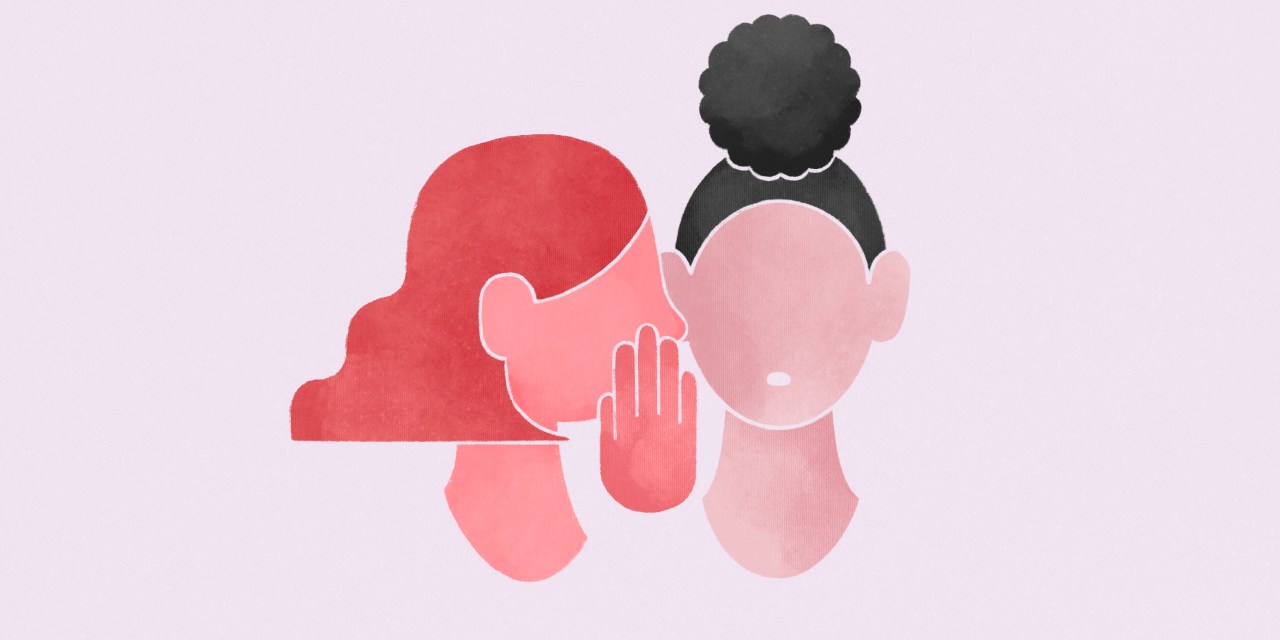How a ‘No DM’ Slack policy boosts transparency (and eavesdropping)

How can employers make sure all their workers are looped in on the same conversations while scattered in hybrid and remote set-ups? That’s a question leaders at Photoroom, an AI photo editing tool, asked when creating a “No DM” Slack policy.
Under this system, nearly all conversations are held on public channels in an effort to boost transparency, elevate more peoples’ voices and opinions and better democratize information, said Mikael Nilsson, Photoroom’s head of people. Other benefits include providing staff with more opportunities to observe (and eavesdrop) on conversations they miss out on over hearing while working remotely.
CEO and co-founder Matthieu Rouif came up with the policy shortly after starting the remote-first company during the pandemic. He felt disconnected from staff in the U.S. while working from Paris. “He really felt that gap of being slightly out of sync with the U.S. team and also feeling like he had less information to work with,” Nilsson said. “That started his journey on thinking why public messaging could be more powerful,” he said.
So now Photoroom staff hold all their conversations, even one-on-ones, in public channels. Those channels include those belonging to their specific team or department, but they’re also able to join others across the organization for more visibility on broader conversations that are taking place. Staff follow some Slack etiquette like tagging people directly as to not bombard them with messages not directly related to them or projects they are working on.
Stiil. there are some exceptions. Conversations about health, performance and compensation related topics, for example, can occur through private DMS. And the company doesn’t actively enforce the policy, but Photoroom’s culture strongly encourages clear and open communication and reinforces it through this, Nilsson said. During the hiring process potential staff are made aware of this part of the culture and how the “No DM” policy works.
While the policy has proven beneficial for Photoroom, some workplace experts are more skeptical when it comes to more shared work environments. Forcing open communications may have a chilling effect, and lead some staff to tone-down or dilute their messages while tailoring them for wider audiences, said Caitlin Duffy, HR research director at Gartner.
“I suspect you probably wouldn’t get as authentic communication on a shared channel. It might end up being more performative than it is productive, or people might be too anxious about the number of people seeing what they say,” Duffy said.
But Nilsson maintains that the benefits outweigh any downsides. Another key benefit is that it helps make conversations more searchable and easier to reference later with staff working asynchronously. Slack has its own search function, though Photoroom also uses an add-on AI tool called Dust, a chatbot that analyzes and organizes conversations and generates responses based on that information. By inviting more people into key discussions, another benefit of the policy is that it fosters “transparent communication to avoid the loudest voice, or kind of the most seniority, getting in the way,” Nilsson said.
It also gives younger workers more opportunities to observe how higher-ups do their jobs and learn how to model that behavior. “It is a very real challenge that virtual work environments have fewer opportunities to sort of just passively absorb information or observe what others are doing,” Duffy said.
That’s especially important today as Gen Z workers in particular lost out on mentorship opportunities at the start of their careers during the pandemic and are still struggling in less frequent in-person arrangements.
“What are the best things about an office? One of the best things is that you can just walk over to the sales team or the engineering team and just overhear a conversation if you choose to do so,” Nilsson said. “Some people just have a hunger and desire to learn more, and they want to be exposed to what other people are doing.”


